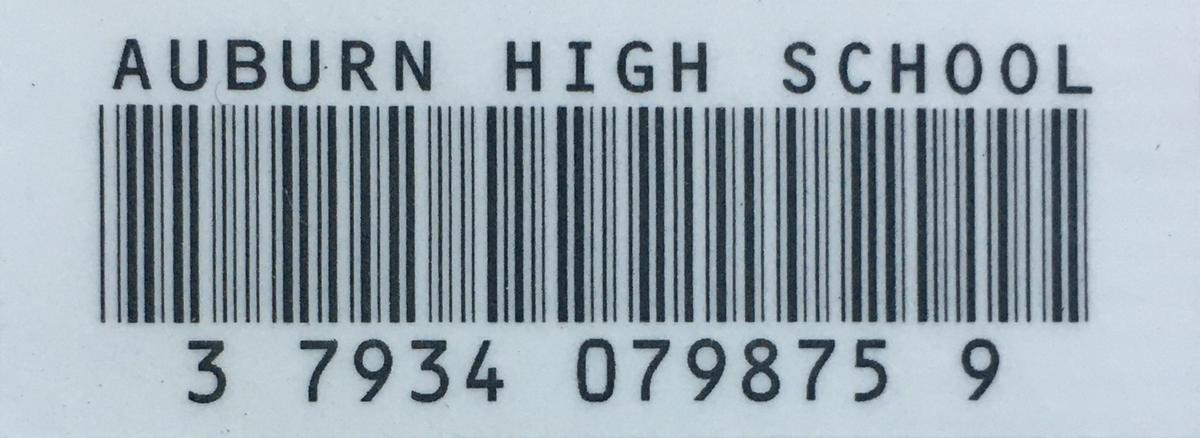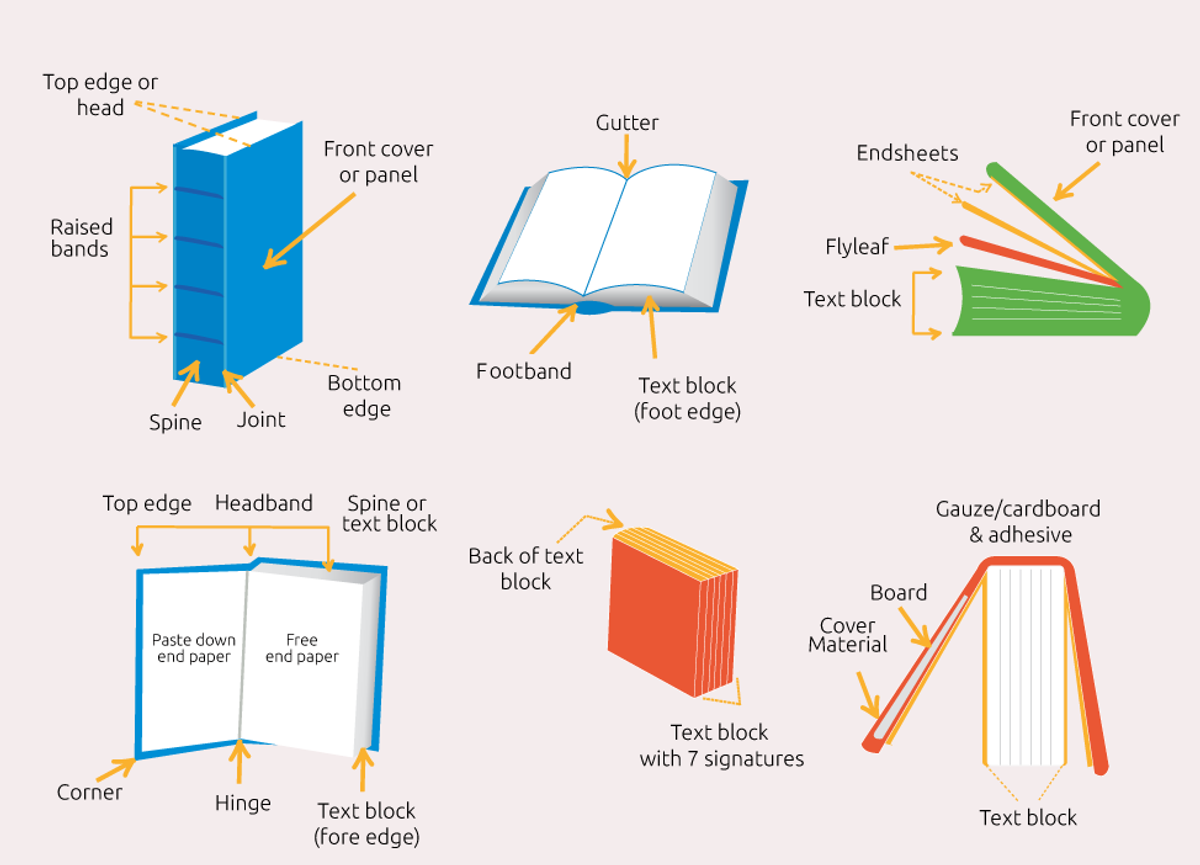Library
Jane Szokolik
Library Technician

Library
Jane Szokolik
Library Technician
Have you been lying awake at night wondering what the difference is between the barcode on your library book and the ISBN? And what does ISBN stand for anyway? International Spy Brigade Number? What about the parts of a book? We know there is a front and back cover and pages in-between, but what is the top of a book called? Here are some brief explanations:


AHS Resource Centre places a unique identification number on every library resource. It is especially useful when class sets of books are in use and we need to identify which copy has been borrowed by which student. Using a barcode scanner to scan barcodes speeds up the borrowing and returns process too.


It has 13 digits (old ISBNs have 10 digits) and is mathematically calculated.
The digits identify the country or language area, the publisher, edition, and format (hardback or softback).
It is used to identify a product (books) that are publicly available and is used by publishers, libraries, and book retailers.
Book cover or book boards: the outer covering
Joint: the outside part of a book that bends when opened
Hinge: the inside part of a book’s joint
Head: the top part of a book
Tail: the bottom part of a book
Spine: the edge of a book where all the pages are joined together
Fore-edge: the edge opposite the spine
Book block/Text block: the block of internal pages
Signatures: two or more sheets of paper, folded and grouped, to be attached to the spine
End paper (or End sheets): the inside end sheets, between the covers and the printed pages of the text block


https://www.isbn-international.org/content/what-isbn
https://authority.pub/parts-of-a-book/#9-physical-parts-of-a-book
https://bookprinting.com/resources/parts-of-a-book Image - Parts of a Book, accessed 21 February 2022.